New Terrarium
plowboy91
16 years ago
Related Stories
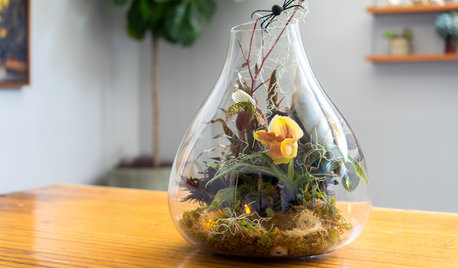
DIY PROJECTSHouzz DIY: Halloween Terrarium
Orchids, spooky foliage and carnivorous plants combine in this seasonal, easy-to-assemble terrarium decoration
Full Story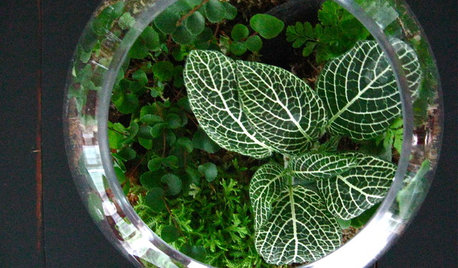
HOUSEPLANTSGardens Under Glass: How to Make Your Own Terrarium
Be the master of a mini ecosystem indoors — the low-maintenance, highly rewarding kind that fits any room
Full Story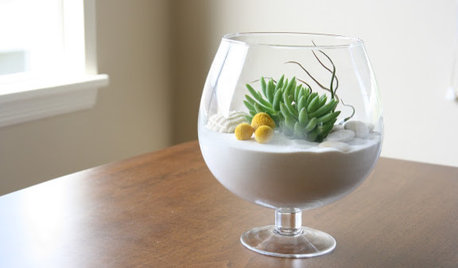
PRODUCT PICKSGuest Picks: The Art of the Terrarium
Design a perfect little world with these terrarium vessels, plants and artful extras
Full Story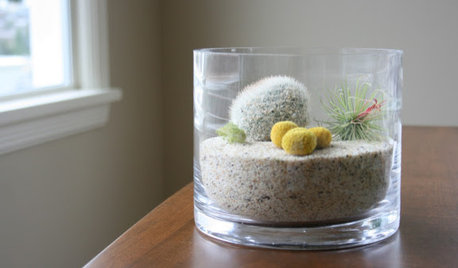
PRODUCT PICKSGuest Picks: More Ideas for Artful Terrariums
Stunning vessels, sea glass, sparkly sand ... find everything you need to show off your mini plants right here
Full Story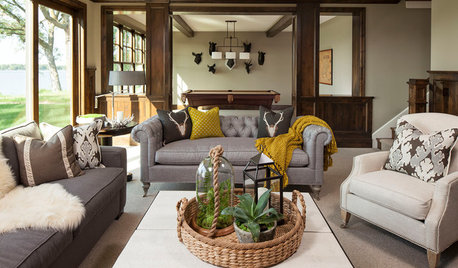
SHOP HOUZZShop Houzz: How to Make Your Own Terrarium Centerpiece
Top your table with a mini jungle or desert inside a glass terrarium
Full Story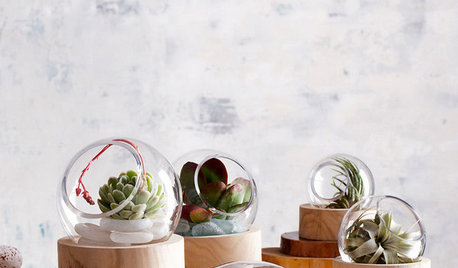
SHOP HOUZZShop Houzz: Terrific Terrariums
Breathe life into your space with a terrarium accent
Full Story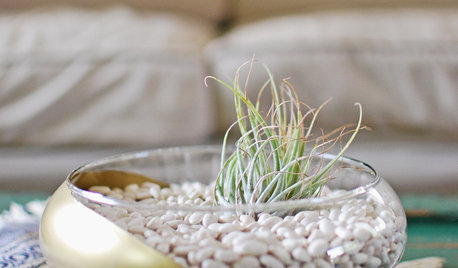
CRAFTSBowl Over Guests With a DIY Air Plant Terrarium
Air plants don't need much attention, but they'll get it anyway with a snazzy, gilded home you make yourself
Full Story
SHOP HOUZZShop Houzz: Terrariums, Living Walls and Indoor Planters
Shop this collection of springtime trends for indoor planting
Full Story0
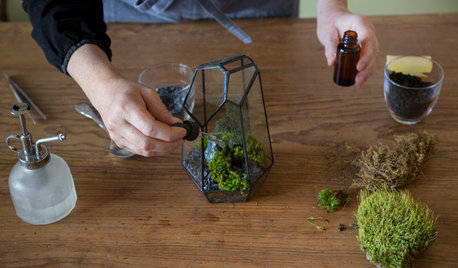
DIY PROJECTSHouzz DIY: Make a Mini Moss Sanctuary
This easy-to-assemble terrarium brings the joy of moss to your tabletop or shelf
Full Story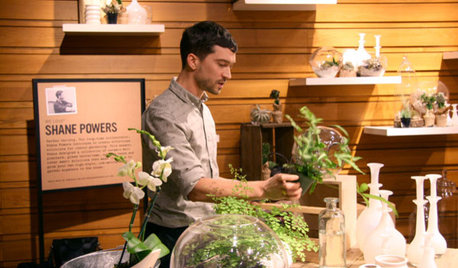
URBAN GARDENSOne Fern Day
Think terrariums are tiresome? Unusual containers and unexpected greens yield surprising offshoots
Full Story





don555
plowboy91Original Author
Related Professionals
Fort Lee Landscape Architects & Landscape Designers · Athens Landscape Contractors · Brownsville Landscape Contractors · Cockeysville Landscape Contractors · Concord Landscape Contractors · East Hanover Landscape Contractors · Gaithersburg Landscape Contractors · Glendale Heights Landscape Contractors · Olympia Landscape Contractors · Pueblo West Landscape Contractors · Vineyard Landscape Contractors · Webster Groves Landscape Contractors · Vadnais Heights Landscape Contractors · Sacramento Swimming Pool Builders · Santa Clarita Swimming Pool Buildersdon555
plowboy91Original Author
petiolaris
ilbasso_74
plowboy91Original Author
don555
nycti
plowboy91Original Author
mutant_hybrid